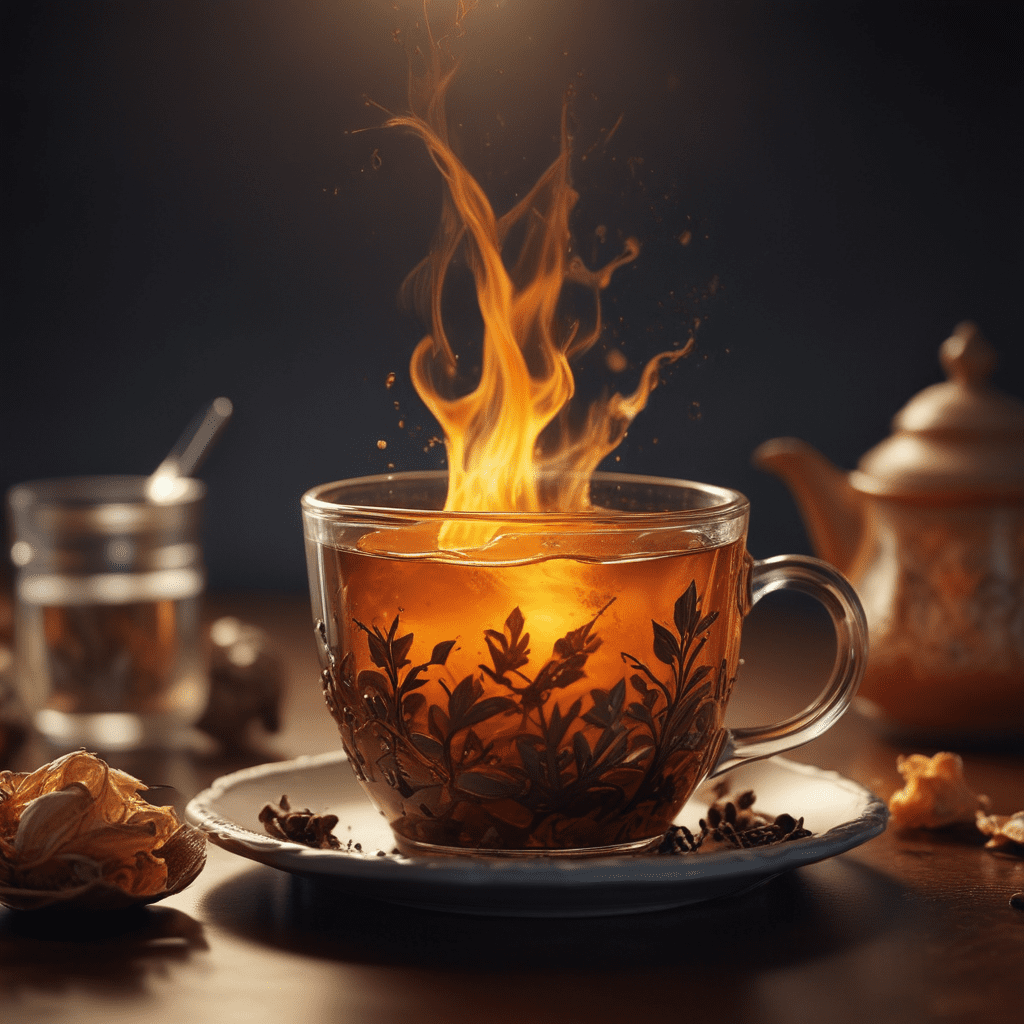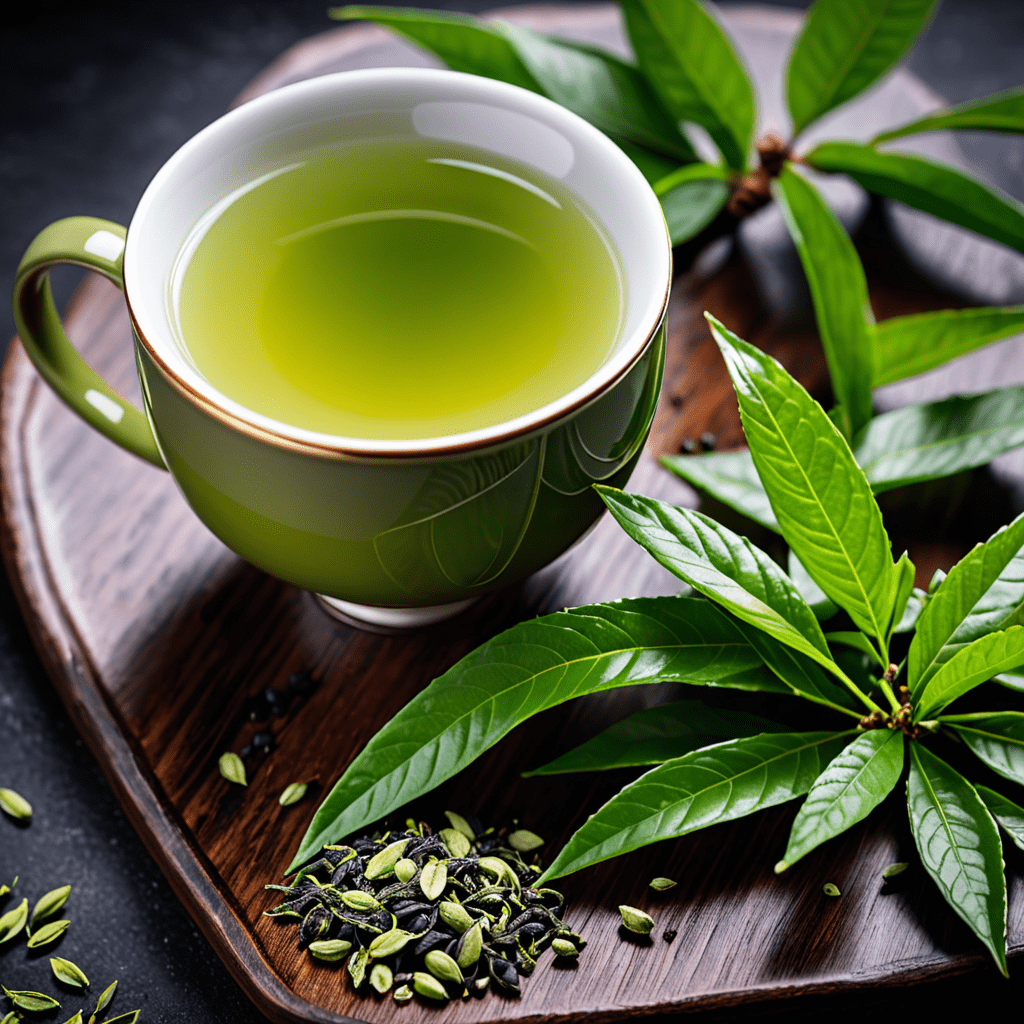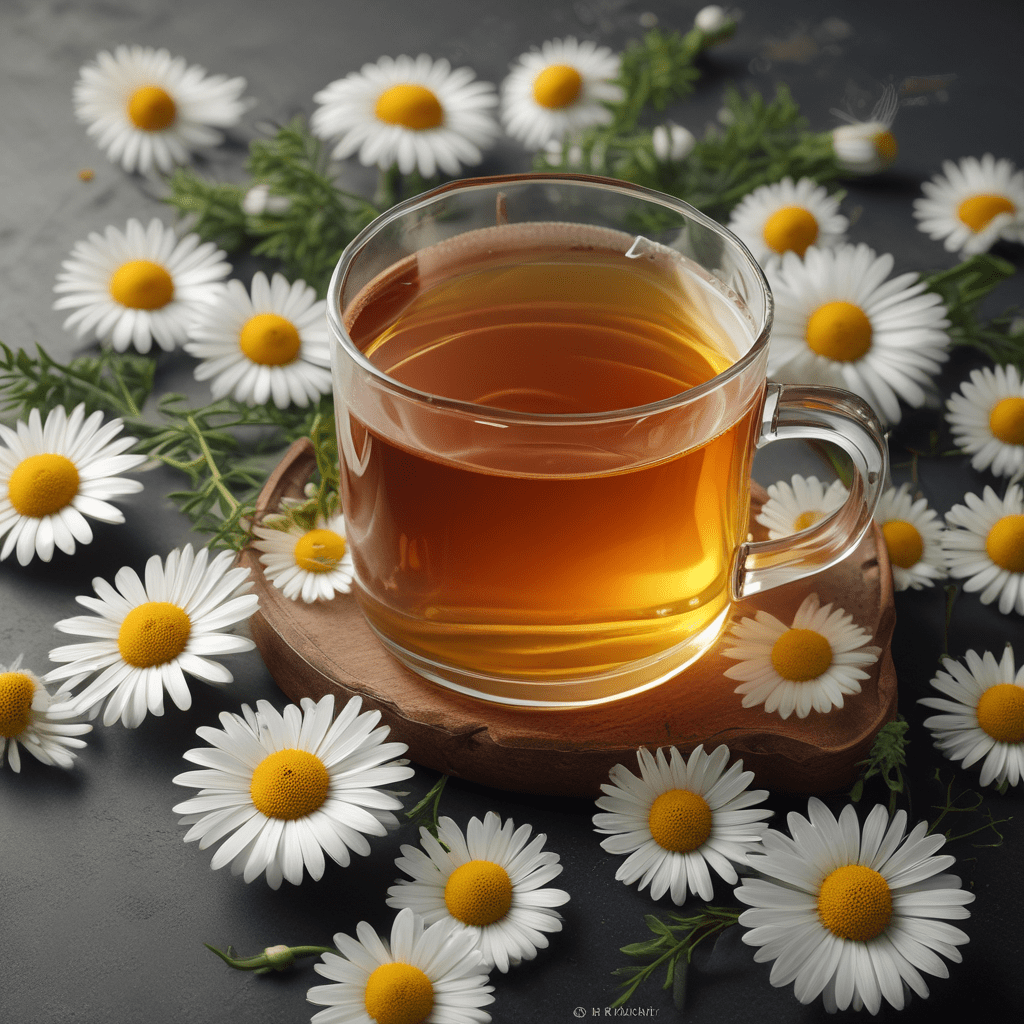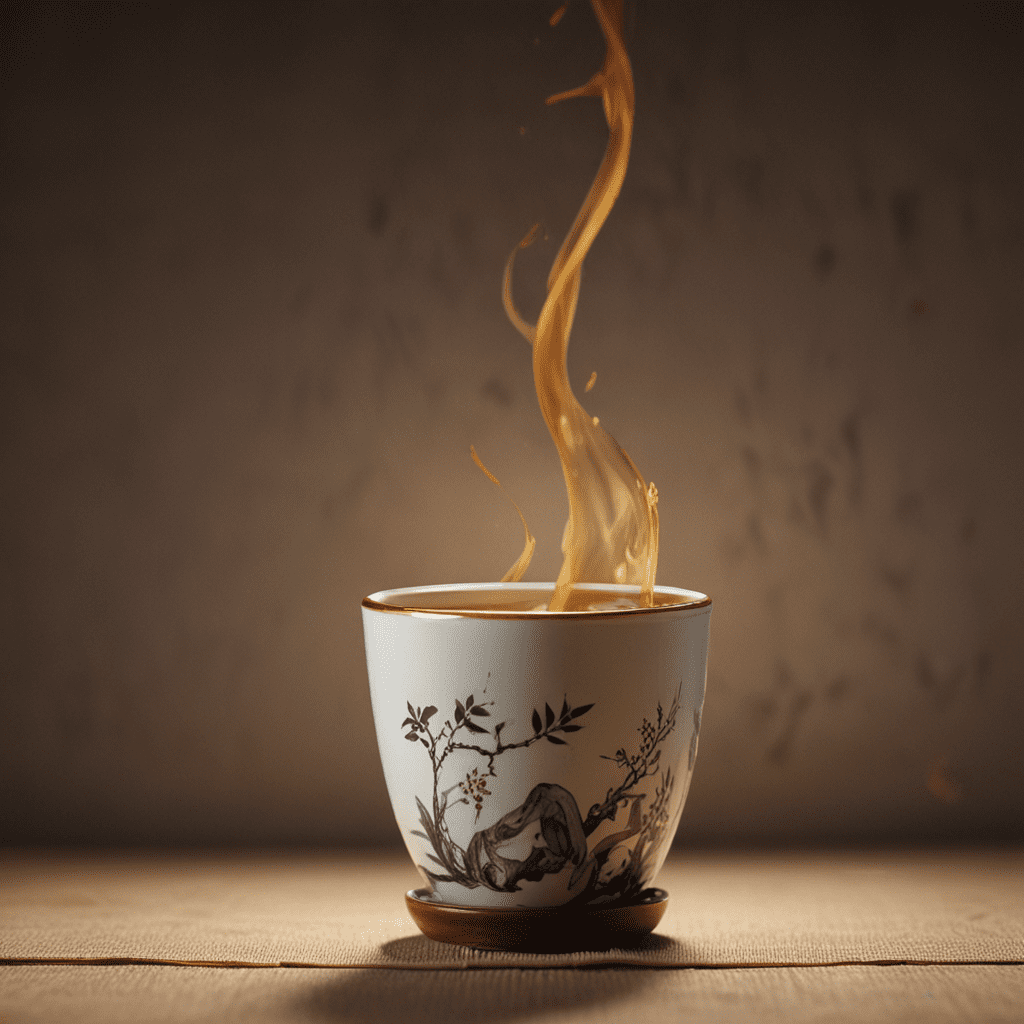Tea and Cultural Identity: Expressing Diversity Through Tea in India
Introduction
India, a land steeped in rich cultural heritage, boasts a vibrant tea culture that has been deeply ingrained in its history and identity for centuries. Tea is more than just a beverage in India; it is an integral part of the social fabric, an expression of diversity, and a symbol of the country's unique cultural tapestry. From the lush tea gardens of Darjeeling to the bustling chai stalls in Mumbai, tea permeates every aspect of Indian life, weaving together a narrative of tradition, community, and shared experiences.
The Diverse Tea Cultures of India
India is a land of diverse landscapes, each contributing to the rich tapestry of its tea culture. From the rolling hills of Assam, renowned for its full-bodied black teas, to the misty slopes of Darjeeling, celebrated for its delicate muscatel flavors, each region boasts unique characteristics that define its tea. The Nilgiris region in South India produces aromatic teas with floral notes, while the Kangra Valley in the Himalayas is known for its green teas. This diversity reflects the vastness and vibrancy of India's tea landscape.
Tea as a Social Beverage
In India, tea transcends the boundaries of a simple beverage; it serves as a social lubricant, fostering connections and strengthening bonds within communities. From bustling chai stalls where strangers become friends over steaming cups of masala chai to household gatherings where families share laughter and stories over afternoon tea, tea acts as a catalyst for social interaction. It is a ubiquitous presence in everyday life, creating a sense of shared experience and cultural unity.
Tea and Rituals
Tea plays a significant role in various religious and cultural rituals across India. Offerings of tea are made to deities, symbolizing respect and devotion. During festivals like Diwali and Holi, special tea preparations are made, adding a unique flavor to these celebrations. Tea ceremonies in many communities carry deep spiritual significance, reflecting the interconnectedness between tea and faith.
Regional Tea Traditions
Every region in India boasts its unique tea traditions, reflecting its cultural heritage and local preferences. Kashmir is known for its Kahwa, a green tea infused with saffron and spices, while Punjab is famous for its creamy and sweet Masala Chai. In South India, filter coffee holds a special place, while in Gujarat, a spicy and gingery masala chai is the preferred choice. These regional variations showcase the adaptability and diversity of Indian tea culture.
VI. The Evolution of Tea Consumption
The Indian tea landscape has witnessed significant transformations over the years, reflecting changing tastes, socio-economic factors, and global trends. The traditional preference for strong, milky chai has evolved, with a growing demand for specialty teas, herbal infusions, and iced tea variants. The rise of health consciousness has led to increased consumption of green tea and other antioxidant-rich varieties. Additionally, the burgeoning café culture has introduced new brewing methods and tea-based beverages, attracting younger generations.
VII. Tea and the Economy
Tea plays a vital role in the Indian economy, being one of the country's major agricultural exports. The industry provides employment to millions of people, directly and indirectly, contributing significantly to rural livelihoods. Tea exports generate valuable foreign exchange, boosting the national economy. The government actively supports the tea industry through various initiatives, including research and development, infrastructure improvement, and export promotion.
VIII. Sustainability and Ethical Practices
The Indian tea industry is increasingly embracing sustainable practices to ensure environmental conservation and social responsibility. Initiatives like organic farming, water conservation, and fair trade certification are gaining momentum. Tea estates are adopting eco-friendly methods to reduce their carbon footprint and protect biodiversity. Ethical practices are being implemented to ensure fair wages and safe working conditions for tea workers.
IX. The Future of Indian Tea
The future of Indian tea holds immense potential, with opportunities for growth and innovation. The industry is exploring new markets, developing specialty teas, and embracing technological advancements. The focus on sustainability and ethical practices will ensure the long-term viability of the sector. By adapting to changing consumer preferences and embracing modern trends, Indian tea is poised to retain its cultural significance and economic importance.
FAQ
What are the most popular types of tea in India?
Black tea, particularly Assam and Darjeeling varieties, is the most widely consumed tea in India. Masala chai, a blend of black tea, milk, spices, and sugar, is a national favorite.
What is the significance of tea in Indian culture?
Tea is deeply ingrained in Indian culture, symbolizing hospitality, social interaction, and cultural unity. It plays a role in religious ceremonies, festivals, and daily life.
What are the major tea-growing regions in India?
Assam, Darjeeling, Nilgiris, Kangra Valley, and Munnar are some of the prominent tea-growing regions in India.
What are the challenges facing the Indian tea industry?
Climate change, fluctuating tea prices, and competition from other tea-producing countries are some of the challenges faced by the industry.
What is the future of Indian tea?
The future of Indian tea looks promising, with opportunities for growth, innovation, and sustainability. The industry is adapting to changing consumer preferences and embracing modern trends.
Can I visit tea plantations in India?
Yes, many tea plantations in India offer tours and experiences for visitors to learn about tea cultivation and processing.



